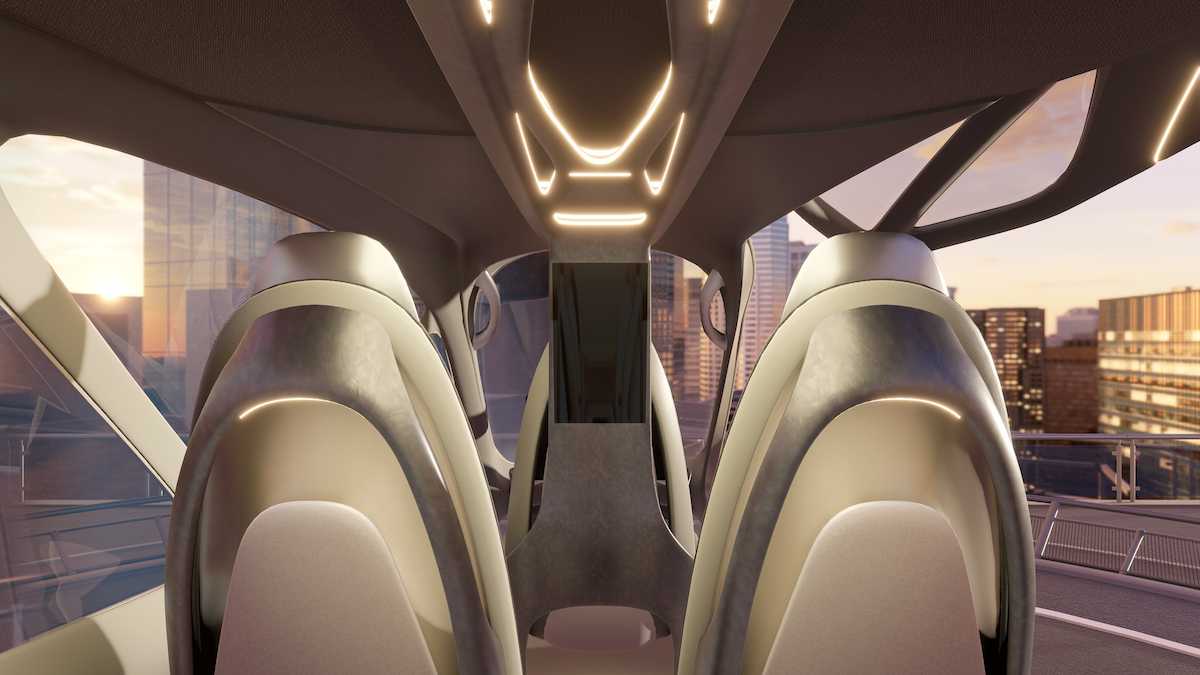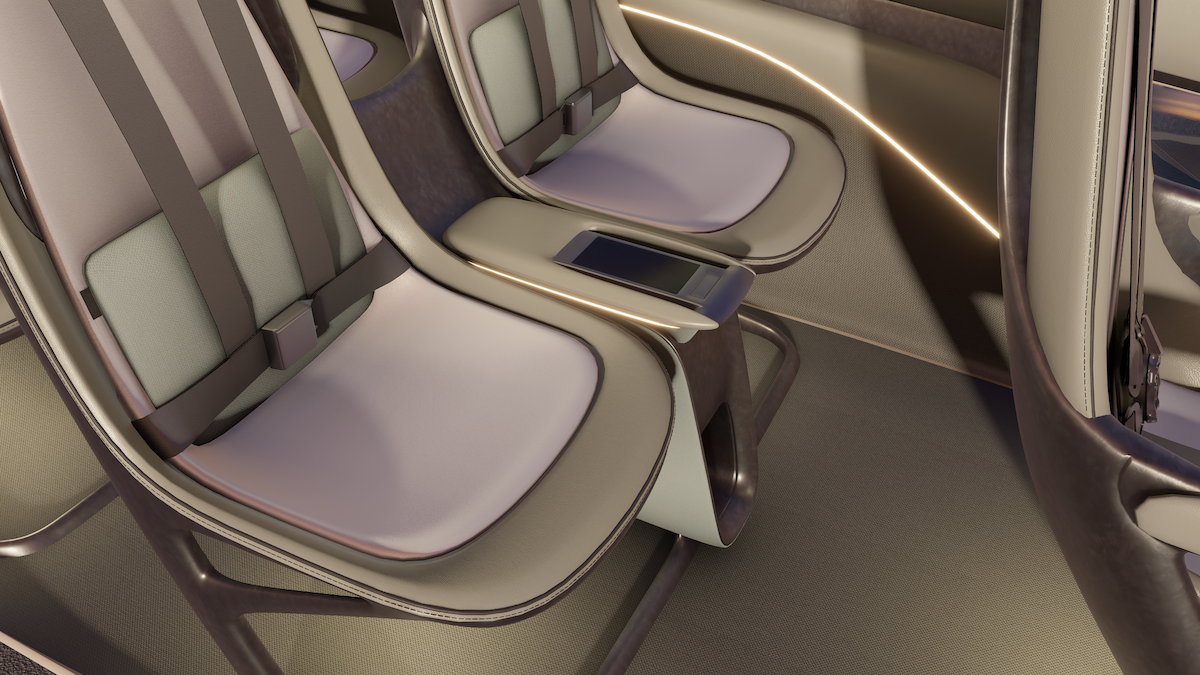The scenes in Hollywood movies will finally appear in real life… Air taxi service will be available at the Paris 2024 Olympics and World Expo 2025 Osaka. This new technology/business is also relevant to the future operations of automakers. Imagine, air taxis are also available for travel with almost no traffic congestion when robotaxis are in place. It seems that there will be a considerable overlap of customer bases between the two. Plus, judging from the current commercialization schedule, air taxis will be more than 5 years ahead of robotaxis, and the payback period of the massive investment of resources in the R&D for self-driving technology will likely be even longer by then. In the global auto industry, Toyota, Hyundai, GM, Mercedes-Benz, Audi, Geely, XPeng, etc. have started business plans for air taxis, either by conducting independent R&D or by investing in new ventures. From initial flights with pilots to unmanned flights, which are less difficult to apply than driverless cars, the technology in this overall schedule will be implemented to a greater extent than full self-driving technology. But does it really seem like everything will go smoothly and on schedule? In fact, there are many hurdles ahead.
- The formulation of air traffic control regulations
- The deployment of air traffic police units
- Operator certification
- Aircraft information security and anti-hacking capabilities
- Operating cost control
- Site planning for takeoff and landing
- Agreement with telecommunications companies and airlines on the use of networks, wireless communication channels, and available airspace, etc.
- Coordination and communication with the management committees of residential and commercial buildings along the route (safety, privacy, noise issues, etc.)

If we take a closer look, for air taxis to operate in densely populated metropolises, the reality would be a far greater challenge to overcome than the technical difficulties of developing the aircraft itself. To start with, the takeoff and landing sites must be planned in the suburbs (otherwise, too much would require coordination for the land costs to be worthwhile), and complementary public transportation systems would have to be planned in tandem. Subsequently, the frequency of use would be reduced, and the cost per flight would increase, making air taxis unsuitable for short-haul flights. In other words, the real direct rival of air taxis should be high-speed rail or train, not robotaxis. So, why are automakers still rushing into the emerging industry of air taxis? Here's what I understand…
- Air taxis are suitable for countries with a vast territory. Air taxis are much cheaper per unit of flight than other small charter jets for connections to remote areas or between major airports. For a 6-passenger air taxi, the cost per person per mile is US$1-3, depending on the distance, which is more than five times cheaper than a charter flight. The disparity in waiting time costs is not yet accounted for. The technical threshold is not high and allows automakers to cross over and grab business opportunities in the airline industry.
- Air taxis are mostly all-electric, and because the battery capacity is limited (carrying too large a battery is not feasible), the flight distance rarely exceeds 100 km. Air taxis and electric vehicles use similar charging equipment and battery technology, so automakers can share the development cost of electric vehicles.
- Although the autopilot system of air taxis is quite different from automotive self-driving technology, autopilot system of aircraft has been in use for many years and is a mature technology, so transferring it to the lower altitude air taxi would not be too much of a challenge. The rate of return is expected to be high for automakers to develop their own or invest in new commercial operations.

Although I think the chance of using air taxis in Taiwan's transportation industry is slim, the use in the entertainment and leisure industry for other purposes may be a different story. Moreover, air taxis and robotaxis basically have little in common in terms of technology and application.
